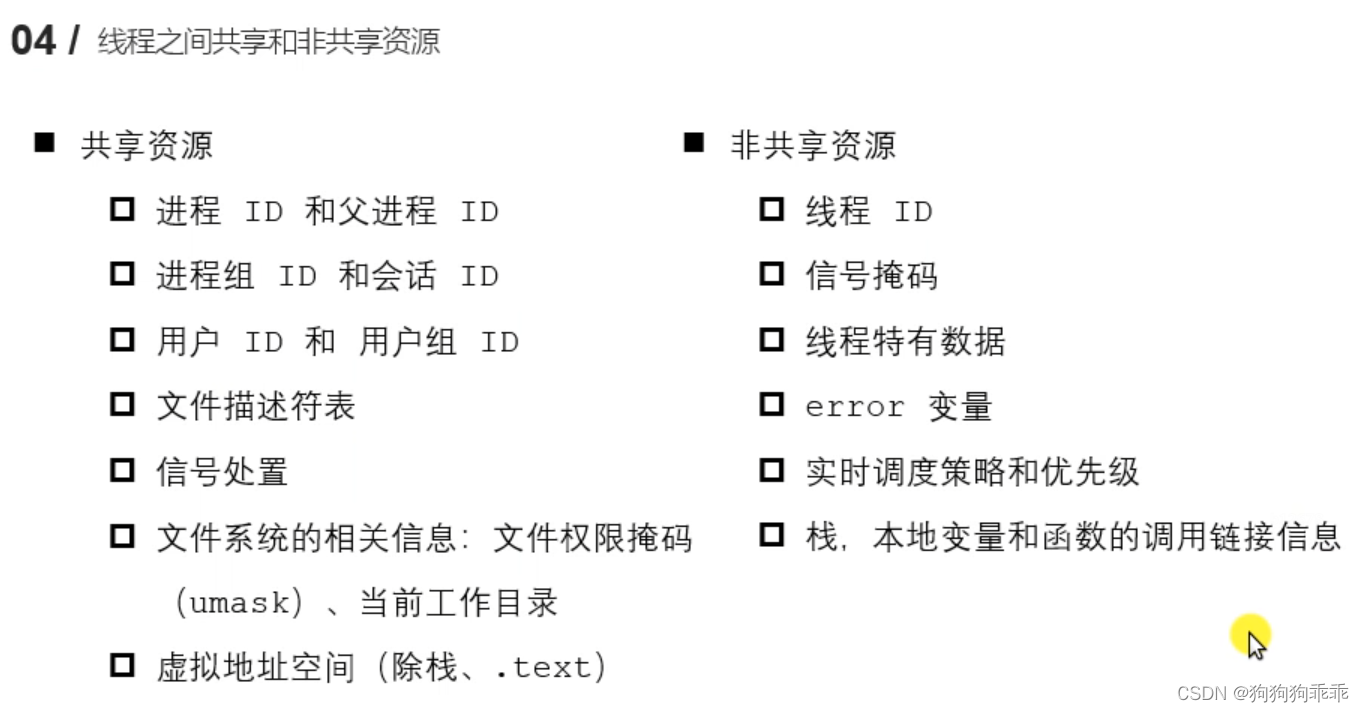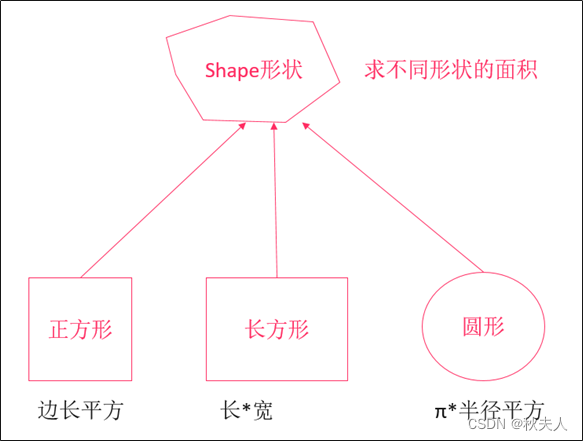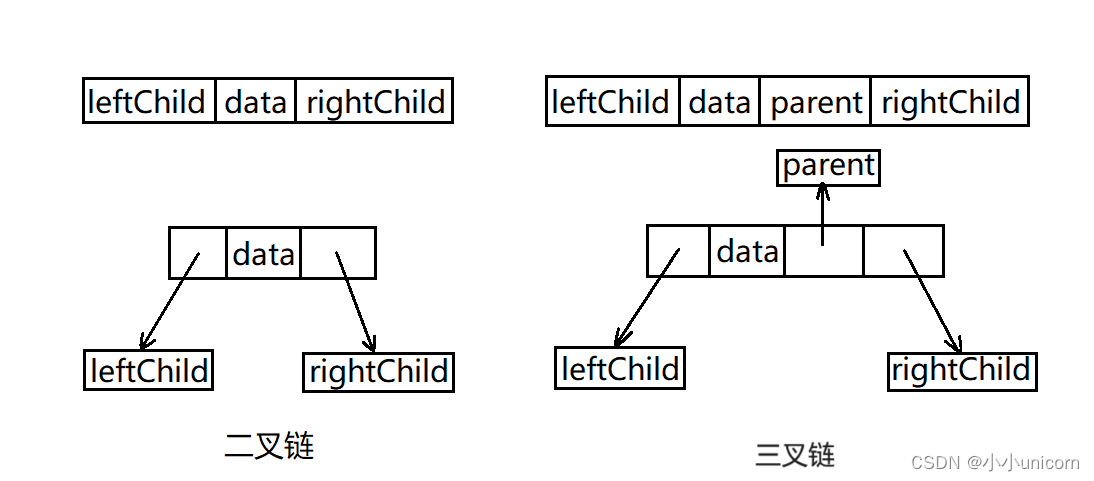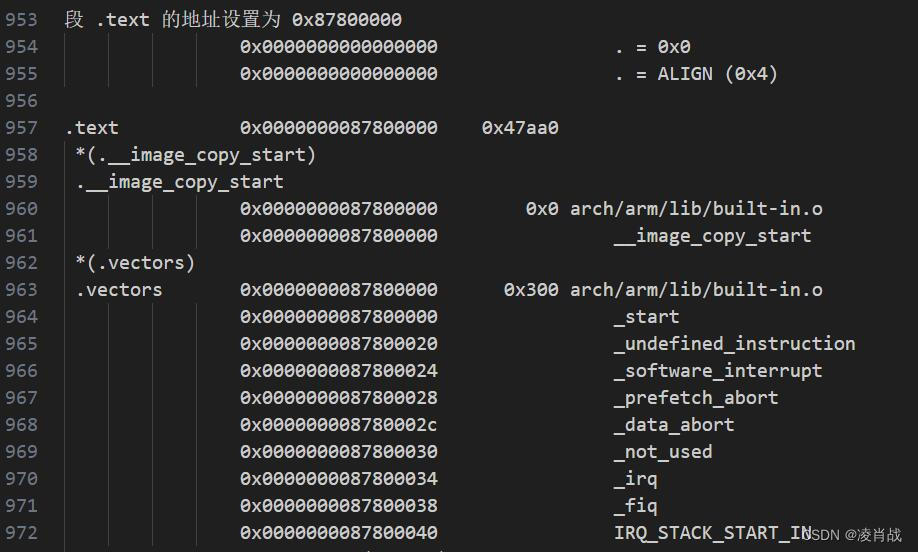进程线程区别

 创建线程
创建线程
#include <pthread.h>
int pthread_create(pthread_t *thread, const pthread_attr_t *attr, void *(*start_routine) (void *), void *arg);
-功能:创建一个子线程,一般情况下main函数所在的线程称为主线程,其余的为子线程。
-参数:
-thread:传出参数,线程创建成功后,子线程的ID被写入这个变量
-attr:设置线程的属性,一般使用默认值,NULL
-start_routinue:函数指针,这个函数是子线程需要处理的函数
-arg:给第三个参数使用,传参
-返回值:
- 成功:0
-失败:返回错误号,和之前的错误号errno不太一样
-获取错误的信息: char * strerror(int errnum)
#include<stdio.h>
#include<unistd.h>
#include<sys/types.h>
#include<fcntl.h>
#include<sys/stat.h>
#include<pthread.h>
#include<string.h>
void * callback(void * arg) {
printf("child thread");
return NULL;
}
int main(){
pthread_t tid;
int ret = pthread_create(&tid, NULL, callback, NULL);
if(ret != 0) {
char * errstr = strerror(ret);
printf("error: %s\n", errstr);
}
for(int i = 0; i < 5; i++) {
printf("%d\n", i);
}
sleep(1);
return 0;
}终止进程
/*
#include <pthread.h>
void pthread_exit(void *retval);
功能:终止一个线程,在哪个线程中调用,终止哪个
参数:
retval:传递一个指针,作为一个返回值,可以在pthread_join()中获取到
int pthread_equal(pthread_t t1, pthread t2);
功能:比较两个线程ID是否相等
不同的操作系统实现pthread_t类型的方式不同,有的是无符号的长整型,有的是结构体
*/
#include<stdio.h>
#include<pthread.h>
#include<string.h>
#include<unistd.h>
void * callback(void* arg) {
printf("child thread id %ld\n", pthread_self());
return NULL;
}
int main() {
pthread_t tid;
int ret = pthread_create(&tid, NULL, callback, NULL);
if(ret != 0) {
char * strerr = strerror(ret);
printf("error:%s\n", strerr);
}
for(int i = 0; i < 5; i++) {
printf("%d\n", i);
}
printf("child thread id %ld, main tid: %ld\n", tid, pthread_self());
//主线程退出,其他线程不受影响
pthread_exit(NULL);
return 0;
}


















